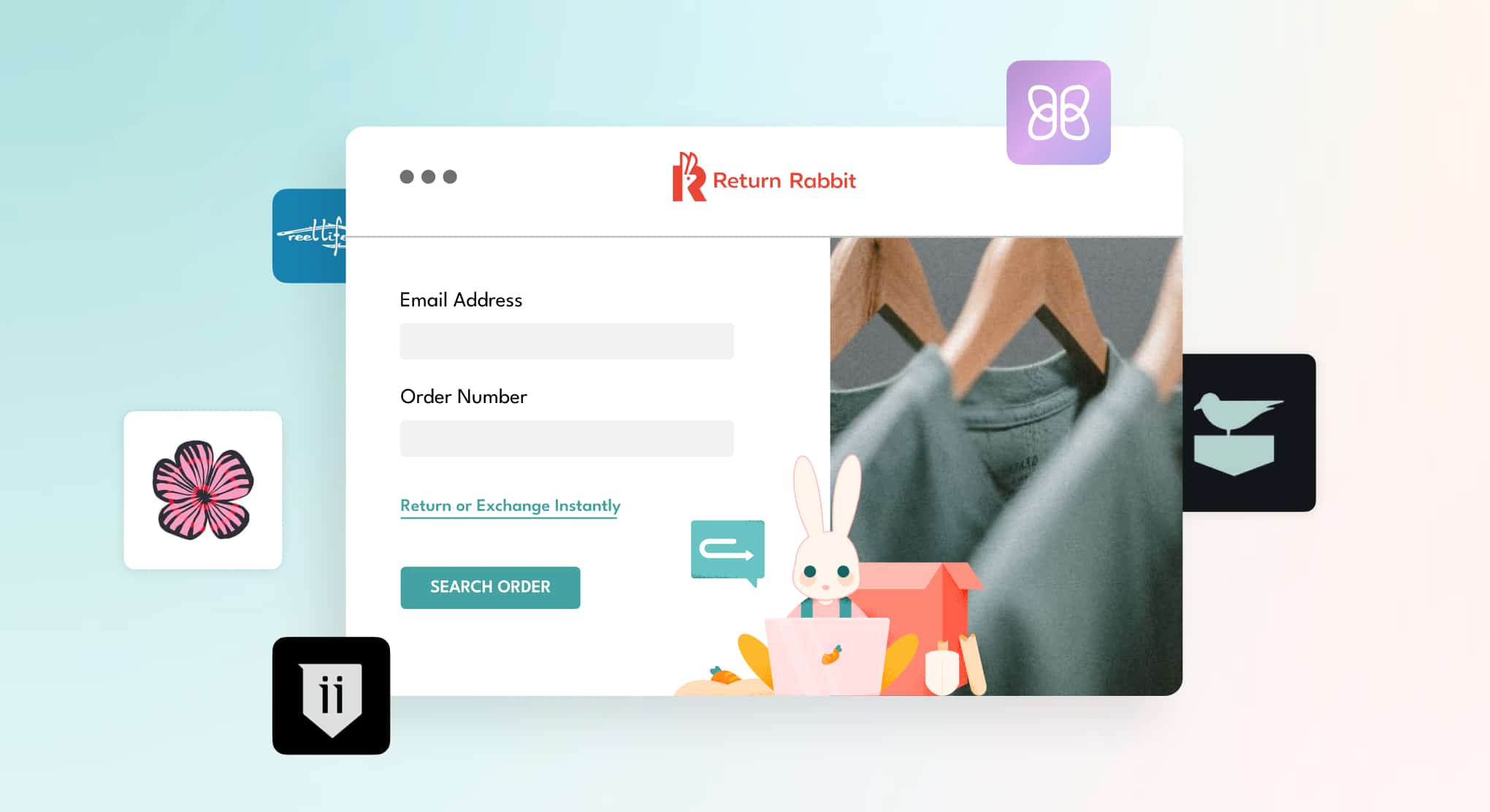ECommerce return key performance indicators (KPI) help determine how your brand is performing. Tracking the right KPIs is key to making informed decisions on how to improve your returns and exchange processes. But how do you know what metrics you should be measuring? What do those metrics mean? When you have the right data, you can create a strategy that blows away the competition.
Not sure where to start? We’ve got everything you need to know about eCommerce return KPIs so you can create a killer returns strategy.
Know your conversion rate
Conversion rate is arguably one of the most important KPIs in eCommerce, and it’s equally important for returns management. If you’re not converting customers, your return rates will reflect that.
But what is a ‘good’ conversion rate? There’s no hard and fast answer as it varies greatly across eCommerce, but for the apparel industry it hovers around 2%. Don’t focus on the scary low number! If you need a boost in conversion rates, take a look at your return policy. The more customer centric your return policy is, the higher your conversion rate will be. There’s a reason that 67% of consumers check the return policy before purchasing. Maybe you need to think about extending your return window or consider offering free shipping.
Bottom line: conversion rates are a clear indicator if your business and marketing strategies are working.
Return rate: a key ingredient to success
It’s no secret that the return rate is a key KPI for returns management. The return rate is the percent of orders that resolve in a return and the average eCommerce return rate averages at about 25%.
If you’re in the apparel industry, don’t be alarmed if your return rate is a bit higher than the average. Apparel brands are more susceptible to higher return rates because styles and fit vary greatly across the industry. You could buy two white t-shirts from two different brands and the fit could be nothing alike.
To combat those high return takes, take a closer look at why your customers are returning items. Decreasing your return rate could be as simple as updating your sizing chart or product photos. Or maybe your customers want more shipping options or greater flexibility with exchanges. Reducing returns can also be as simple as adding more exchange options for your customers including full catalog exchanges.
The key to reducing your return rate is listening to your customers’ concerns. Success in returns management always circles back to the customer experience.
Case study: Within just two months of using Return Rabbit, PAWZ reduced returns by 50%,
down to a steady return rate of just 2.5%. Learn more about their success here.
Understand your refund ratio
The refund ratio measures the percentage of returns that end up being refunded to the original form of payment. AKA, it’s the percent of orders that result in a refund. You want a low refund ratio because customers who ask for refunds generally won’t shop with your business again versus those that request for store credit or an exchange.
All is not lost though. Take the refund process as another opportunity to interact with customers and ‘wow’ them with your customer service experience. You can offer free return shipping and ensure that the refund is processed quickly. At Return Rabbit, we also offer easy, labeless returns to make the process even simpler. Who knows, maybe that experience will stick and they will try their luck again.
That goes for exchange ratio too
The exchange ratio measures the percentage of returns that result in exchanges. This is not the same as reporting exchanges as a percent of returns.
A healthy exchange ratio indicates the amount of revenue you’ve retained from sales. It’s also a good indicator of customer satisfaction. Unlike when a customer requests a refund, when a customer asks for an exchange, it’s a much more positive experience. That customer is more likely to shop with your company again and become a brand ambassador.
Don’t sleep on customer lifetime value
Returns are directly related to customer retention which is directly related to customer lifetime value (CLTV). It’s all connected so if one area suffers, the rest will follow. A decrease in returns means an increase in customer retention which results in an increase in CLTV.
CLTV shows you exactly how much revenue a customer generates over their lifetime with your brand. Conversion rate, return rate, and refund and exchange ratio all directly affect customer lifetime value.
Take your returns management up a notch
Whether you need a platform that better indicates your KPIs or are looking for a partner to transform your returns management, we can help. Understanding these conversions can boost your sales and marketing strategies, increase revenue, and improve the customer experience. Our returns management platform and smart recommendation engine, REX, converts 2-3x more exchanges. Start your free trial today.





